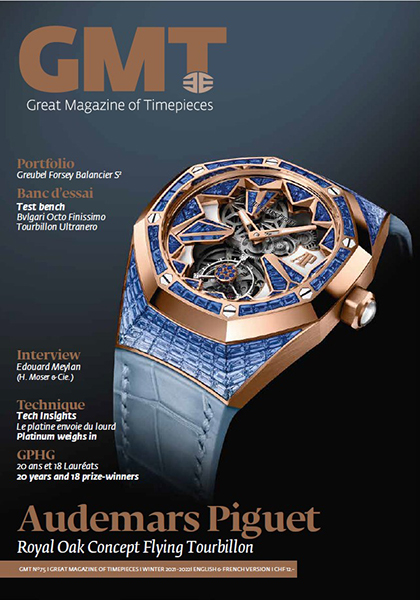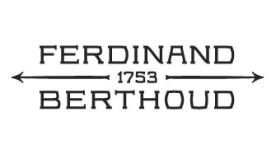Chronometry (precision timekeeping) is an ambiguous topic for the watch industry. The quest for accuracy has been its main driving force for centuries. Brands that use various chronometer certifications appear to derive great benefit from them even though consumers do not list accuracy as one of their main purchasing criteria. Several projects have recently emerged which – each in its own way and based on its own technology – are gradually putting the subject back on the table. What is interesting is not only the technical diversity of these approaches, but also their pricing, which ranges from mainstream to extreme.
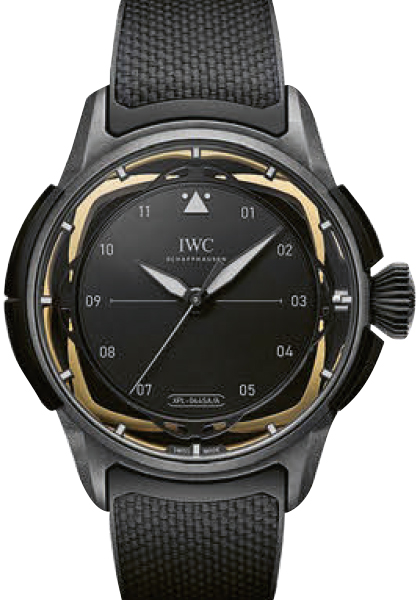
Constant
The first angle of attack is constant force. The regularity of the flow of energy supplied to the balance is a mainstay of chronometry. For its second model, Ferdinand Berthoud doubled the stakes, since CFB 2RE not only uses a barrel linked to a fusee by a chain, but also a one-second remontoir d’égalité (constant-force device). Bernhard Lederer’s Central Impulse Chronometer, on the other hand, uses two gear trains – each with a dedicated barrel and 15-second remontoire – and as a bonus links them to a double-impulse, direct and highly energy-efficient escapement of his own design.
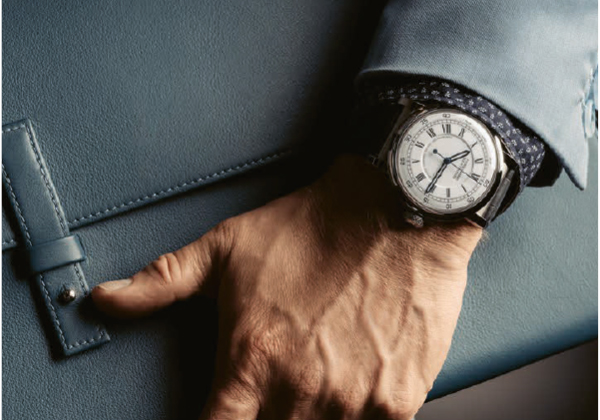
Fast
The second – and more pragmatic – angle is frequency. The increase in the number of balance oscillations aims at reducing the impact of shocks on the average rate. Chopard once again uses its movement operating at 57600 vph. (8Hz) for its Alpine Eagle Cadence 8HF. But the biggest surprise in this technical segment came from Frederique Constant. Its Monolithic Manufacture model houses a caliber beating at 40Hz. An all-silicon escapement enables this 10-fold increase in frequency, at a price aligned with the brand’s habitually affordable approach. In the same vein, the search for a reduction in the influence of shocks has led IWC to create the Big Pilot’s Watch XPL. Its movement is mounted on a system of shock absorbers in BMG, an amorphous metallic glass, and is made of aluminum to reduce its inertia and resist 30,000g impacts.
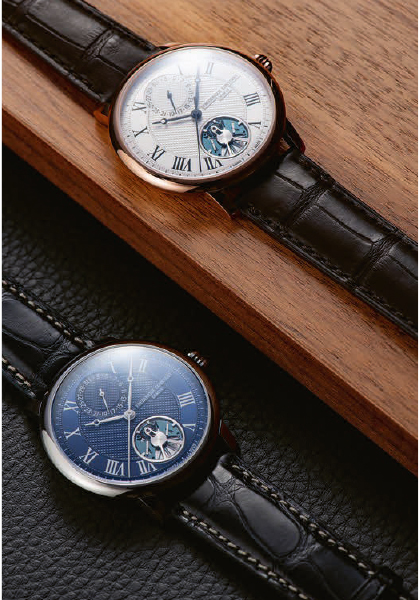
Best
The third angle of attack is certification. It is not a question of technology, but rather a level of requirement, which is also advancing. Master Chronometer certification – wrongly believed to be reserved for Omega, which had promoted it – is extending its influence since Tudor has adopted this very restrictive standard (verification at two temperatures, six positions, two winding levels, exposure to magnetic fields of 15,000 gauss and a tolerance range of 0 to +5 sec./d) for its Black Bay Ceramic. When best practice spreads, it is also called progress.
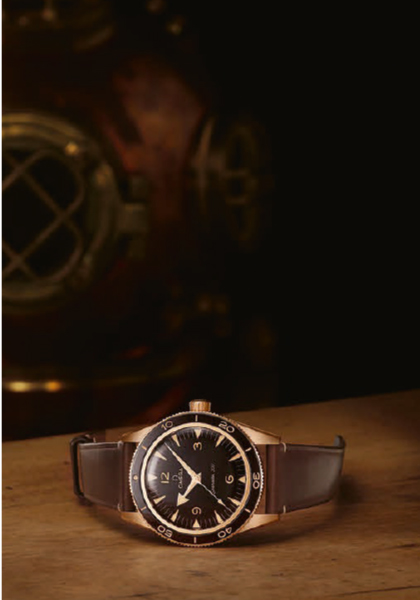
As a World Tempus reader, we are delighted to offer you the latest digital version of this GMT magazine that you can download here. Happy reading!
